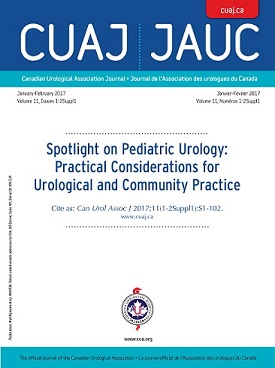
“The cannabis plant and its active ingredients (i.e., cannabinoids and terpenoids) have been socially stigmatized for half a century. Luckily, with more than 430,000 published scientific papers and about 600 ongoing and completed clinical trials, nowadays cannabis is employed for the treatment of many different medical conditions. Nevertheless, even if a large amount of high-throughput functional genomic data exists, most researchers feature a strong background in molecular biology but lack advanced bioinformatics skills. In this work, publicly available gene expression datasets have been analyzed giving rise to a total of 40,224 gene expression profiles taken from cannabis plant tissue at different developmental stages. The resource presented here will provide researchers with a starting point for future investigations with Cannabis sativa.” https://www.ncbi.nlm.nih.gov/pubmed/28529696
“Today, cannabis and its derivatives are successfully employed for treatment of a large number of different pathological conditions. Cannabis sativa is a versatile plant – it is being used for medical as well as for industrial purposes. Like in other plants, the cannabis genome is highly redundant and difficult to resolve. It is very likely that false negatives have caused important transcripts to still be missing. Nevertheless, these 40,224 gene expression profiles will provide researchers with a valuable resource and important genomic insights for future investigations with Cannabis sativa.” https://f1000research.com/articles/6-69/v1


/cdn.vox-cdn.com/uploads/chorus_image/image/54932609/2928600995_24caa84411_o.0.0.jpg)






